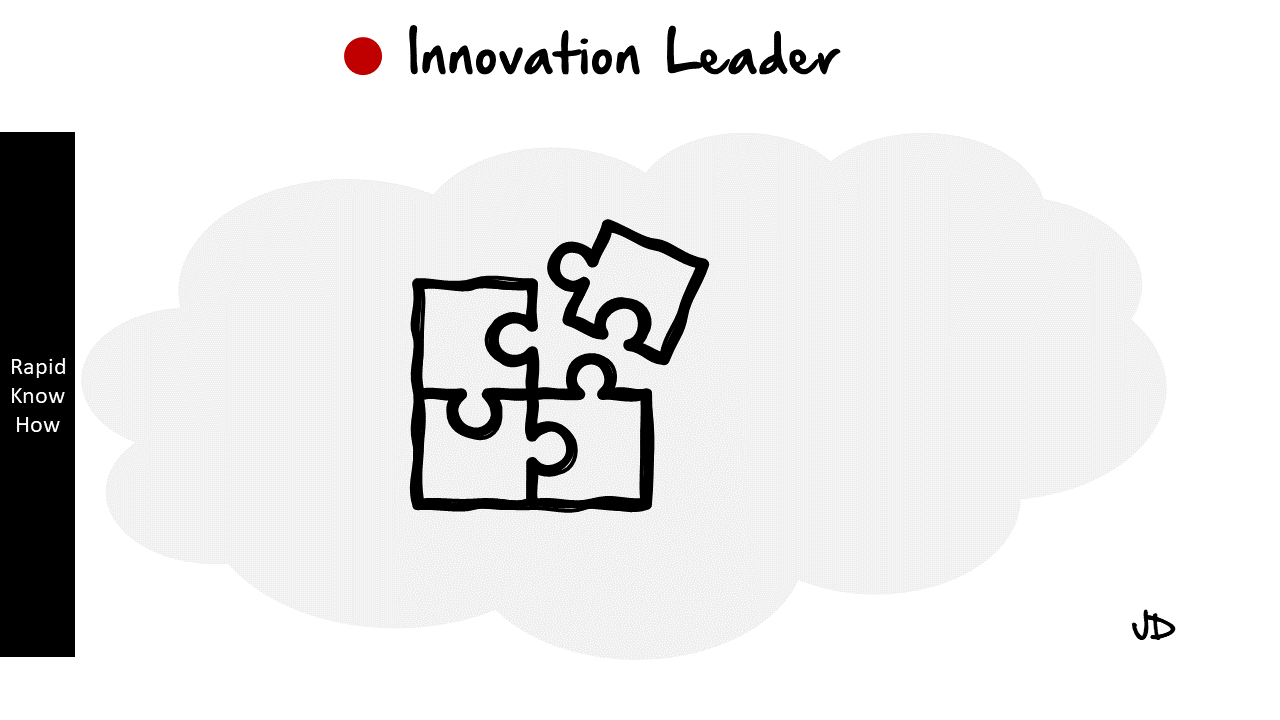Storyboarding is an integral part of the filmmaking process, often serving as the visual blueprint for a film’s narrative. It is a creative tool that allows filmmakers to visualize scenes and sequences, plan technical aspects, and communicate their vision effectively to the entire production team.
A. Role of Storyboarding in Filmmaking
The role of storyboarding in filmmaking cannot be overstated. It is essentially the first visual representation of a script. A storyboard is a sequence of drawings that depict the intended progression of the film’s plot. Each drawing represents a specific scene or shot, complete with details about camera angles, character movements, and other relevant information.
Storyboarding helps directors, cinematographers, and other key members of a film crew to visualize the scenes before they are filmed. This pre-visualization can save time and resources during production because it allows for potential issues to be identified and addressed before filming begins.
Moreover, storyboards are also used to pitch a film idea to producers or investors. They provide a clear picture of how the film will look and feel, making it easier for others to understand and support the director’s vision.
B. How Storyboarding Aids in Visualizing Scenes and Sequences
Storyboarding aids in visualizing scenes by providing a tangible representation of abstract ideas. It allows filmmakers to experiment with different visual elements such as composition, camera movements, and lighting before committing them to film.
For instance, by drawing out each scene, directors can play around with different camera angles and shot types to see what works best for conveying the desired emotion or message. They can also plan out complex action sequences or special effects shots in detail, ensuring that everyone involved knows exactly what needs to be done during production.
Furthermore, storyboards can help with pacing and timing. By laying out each scene visually, filmmakers can get a sense of how long each scene will take and how it fits into the overall narrative flow.
C. Case Studies Showing the Impact of Storyboarding on Successful Films
There are numerous examples of successful films where storyboarding played a crucial role in their creation.
One notable example is “Mad Max: Fury Road.” Director George Miller used detailed storyboards instead of a traditional script to plan out the film’s elaborate action sequences. Over 3,500 individual panels were created, allowing Miller and his team to visualize every moment of the film’s high-speed chases and stunts.
Another example is “Parasite,” the Oscar-winning film by Bong Joon-ho. Bong is known for his meticulous storyboarding, with every shot in “Parasite” being planned out in advance. This allowed him to control every aspect of the film’s visual storytelling, from the composition of each shot to the blocking of the actors.
In animation, storyboarding is even more critical. Pixar, for instance, is famous for its extensive use of storyboards. For “Toy Story 3,” director Lee Unkrich and his team created over 100,000 storyboard drawings. These drawings were used not only to plan out each scene but also to test different plot ideas and character developments.
In conclusion, storyboarding is a powerful tool that enhances the creative process in filmmaking. It allows filmmakers to visualize their ideas, plan out scenes and sequences, and communicate their vision effectively to others. Whether it’s a high-octane action film or a nuanced character drama, storyboarding can make the difference between a good film and a great one.
